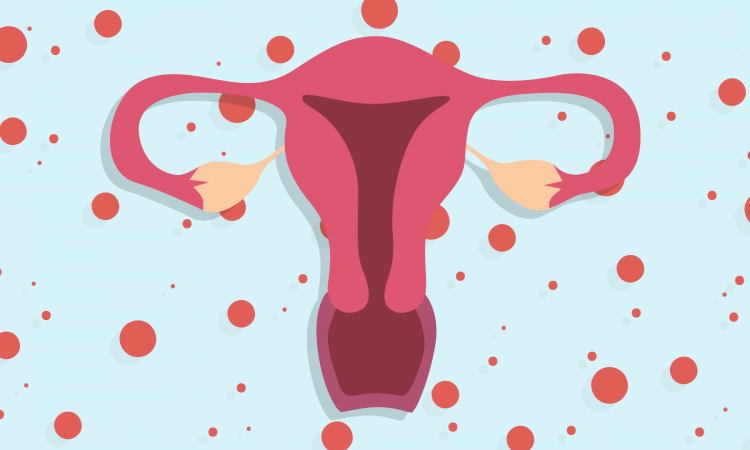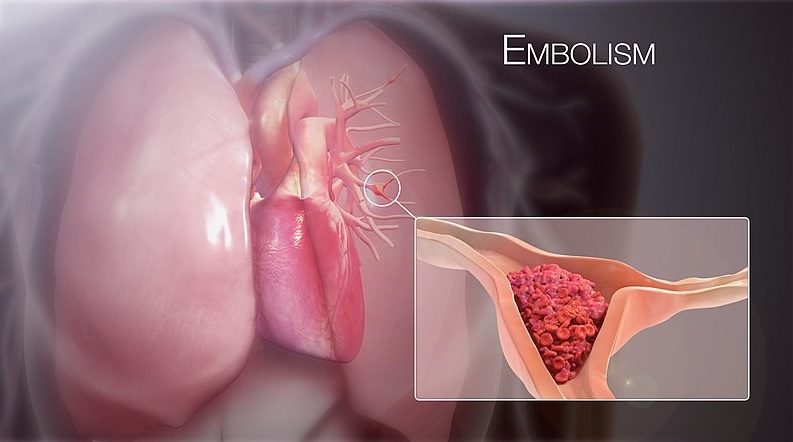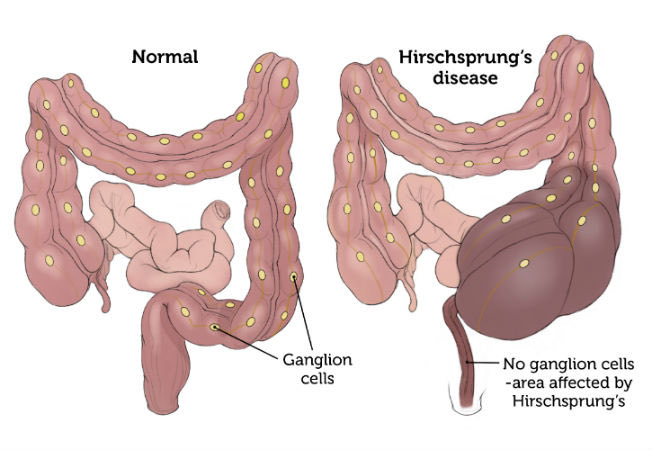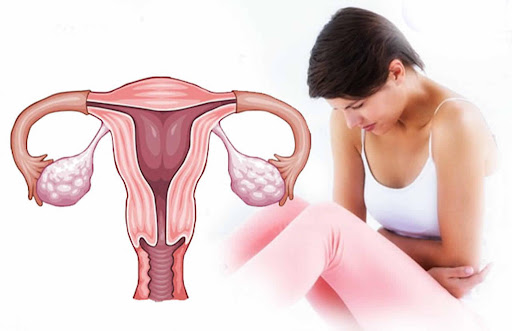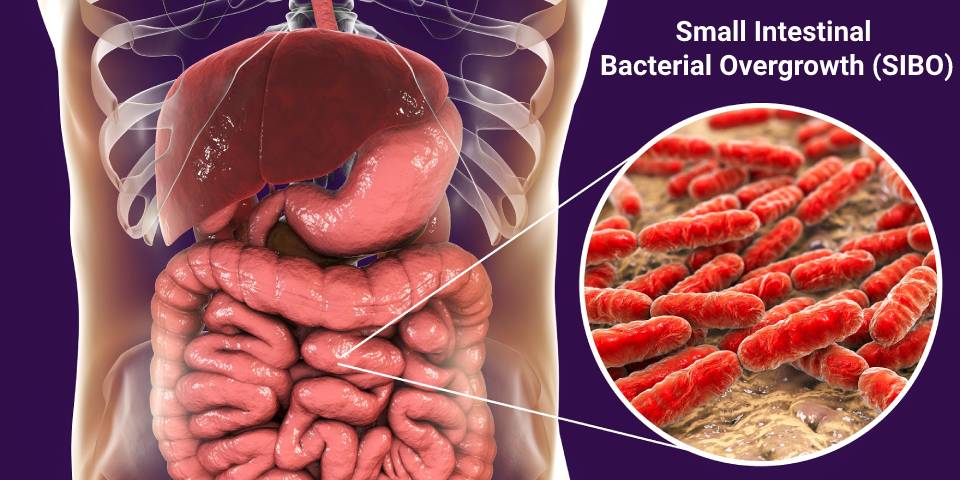OVERVIEW :-
According to the Ayurveda ,the best time to wake up before sunrise and sleep before 10pm .when the kapha period has induced dullness in the body. It’s also important to have a gap of at least 2 hours between dinner and sleep time. The three types of dosha in ayurveda :- vata,pitta, kapha.these three dosha are responsible for good health . the dosha determine various function include sleeping .sleep is caused by increased kapha, insomnia is caused by vata and pitta dosha .In ayurveda sleep is compared with nidra .nidra is one among the three upstambha . it is also important as ahara. sleep is considered as a basic instinct of life which is essential for all living beings.
DEFINITION OF SLEEP:
When the mind gets exhausted or becomes inactive and the sensory , motor organs also becomes inactive then the individual sleep .During sleep our body enters into anabolic state that restores the body critical functions like immunity .
TYPES OF SLEEP :-
ACCORDING TO ACHARYA CHARAK :
1 . TAMOBHAVA :-
It is a type of sleep which is caused by increase in tamas guna .when tamas guna increase person will feel inside the shell of darkness .it can be natural whwn it occurs at night time .
2. SHLESHMA SAMUDHBHAVA NIDRA :-
It is a type of sleep which is caused by kapha dosha . kapha is said to be predominant in childhood. Children sleep more than a adult .
3. MANAH SHARIRA SHRAMA SAMBHAVA NIDRA :-
It is a type of sleep which occurs when there is exhaustion of mind and body.
- AGANTUKI NIDRA :-
It is caused by the externally such as effect of some medicines , injury etc.
- VYADHYANUVARTINI NIDRA :-
It is a type of disease which is caused by complication of some disease such as sannipataj jwar
- RATRI SWABHAVA PRABHAVA NIDRA :-
It is a type of sleep comes naturally at night time and it is healthy kind of sleep .
EFFECT OF DOSHA ON SLEEP :-
6-10 AM, PM :- KAPHA DOSHA is dominant . In which prithvi (earth) and jal (water) elements is involved . In stomach food gets mixed with digestive juices and initial stage of digestion sets in it. There is heaviness in head ,eyes and wole part of body which makes sleep easier. Most part of relaxation happened this time .
11-2 AM,PM: – PITTA DOSHA is dominant in which agni ( Fire) and jal ( water) elements is involved. Most part of the digestion and metabolism occurs at this stage .
3-6 AM, PM:- VATA DOSHA is dominant in which air (air) and space(akash ) elements is involved . 3-6 am stool and urine formation happens more at this stage .mind becomes more and more active at this time .
HOW MUCH SLEEEP IS ENOUGH ACCORDING TO AYURVEDA :-
Sleep according to ayurveda varies as per the prakriti of person .vata prakriti person requires more sleep .pitt prakriti person require moderate sleep .kapha prakriti person will require less time for sleep . in addition the mental status of person , health condition , age , determine how much sleep require for a person . 6-8 hours of sleep require for a healthy person.
BENEFITS OF SLEEP:-
- It provides nouriushment and strength .
- It can helpful in improving concentration.
- It can provide good health and happiness to the body.
- Reduced focus on negative things.
WHY DAYTIME SLEEP IS CONTRAINDICATED:-
Day time sleep is good in summer season because nights are shorter during summer and vata dosha increases . In other season if person sleep in day time they will suffer from ajirna roga (indigestion) .
INDICATION FOR SLEEP IN DAY TIME :-
- If someone has been suffering from any injury or disease can sleep during the day time .
- People with weakness.
- People who work at night time.
- Elder or young children
AYURVEDIC TIPS FOR A GOOD SLEEP :-
- Fix your times to wake and sleep .
- Increase kapha food( which are sweet in taste) intake at bedtime if suffer from insomnia .
- Padabhyanga (massaging your feet).
- Listening to gentle and calming sounds .
- Eat boiled rice with yoghurt .
- Sleeping area is a comfortable clean and free from noise.
- Taking a hot shower or a relaxing bath.
- Make lunch is biggest meal of the day :-
- At noon when the sun is highest in the sky , the agni is also higher at that time and it is better to process a big meal .
- At evening ,agni is weaker the problem will that is when the people is eating a big meal in the evening .agni can not digest the food easily or cause sleep disturbance .
- Night time is the best time to rest , recharge and repair. If people take a big meal at dinner time the the body needs more work hard to digest the food .so, that aim for bigger lunch and lighter dinner abd finishing a minimum time of 3 hours before bedtime.
- Avoid caffeine , alcohol and nicotine late in the day .
- Avoid bright light in the evening and expose yourself to sunlight in the morning .
- exercise 20-30 minutes a day
GOOD FOODS TO EAT BEFORE SLEEP :-
- Almonds are a good source of the sleep which regulates the melatonin hormone .
- Kiwi fruit are rich in serotonin and antioxidants they help to improve sleep quality .
- Wallnuts are also improve sleep quality .
- Milk contains melatonin and tryptophan which provides good sleep when drink at bed time.







